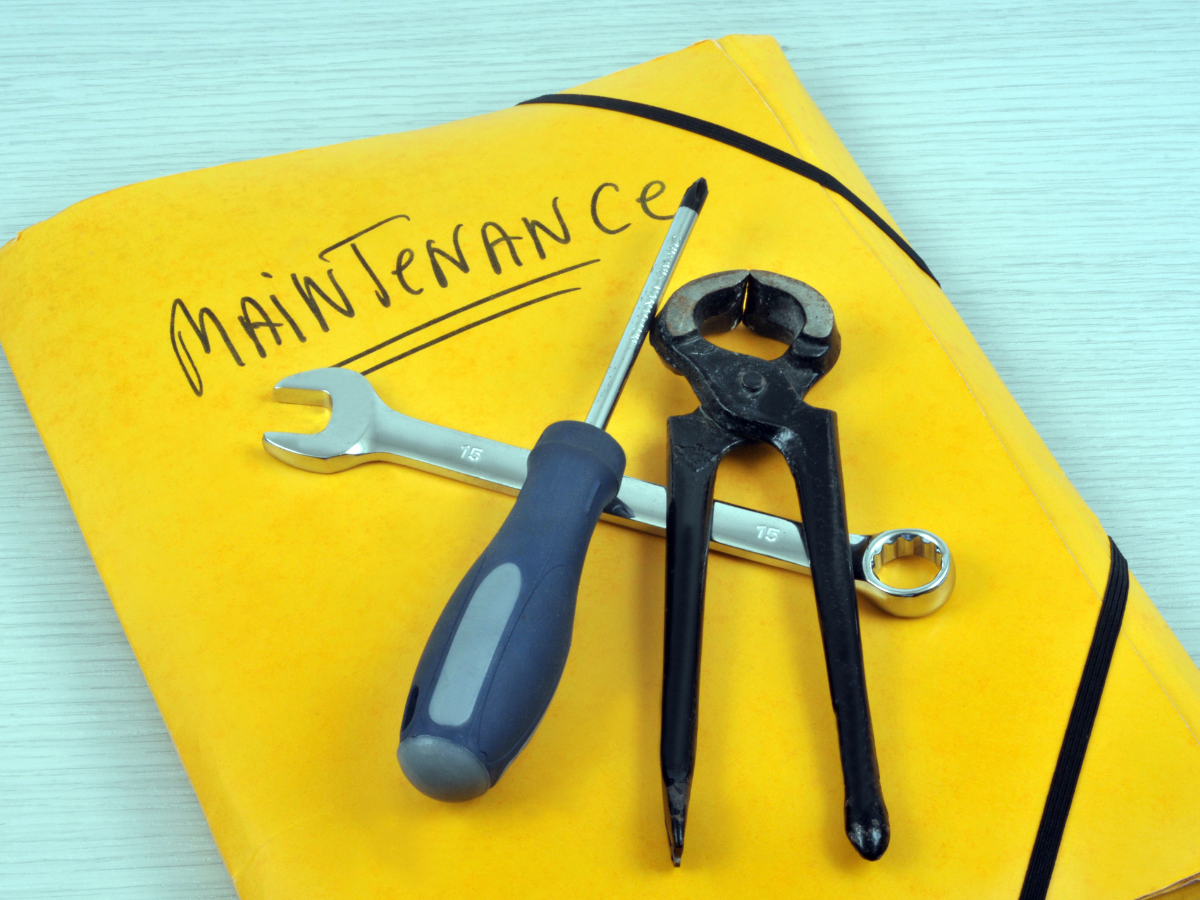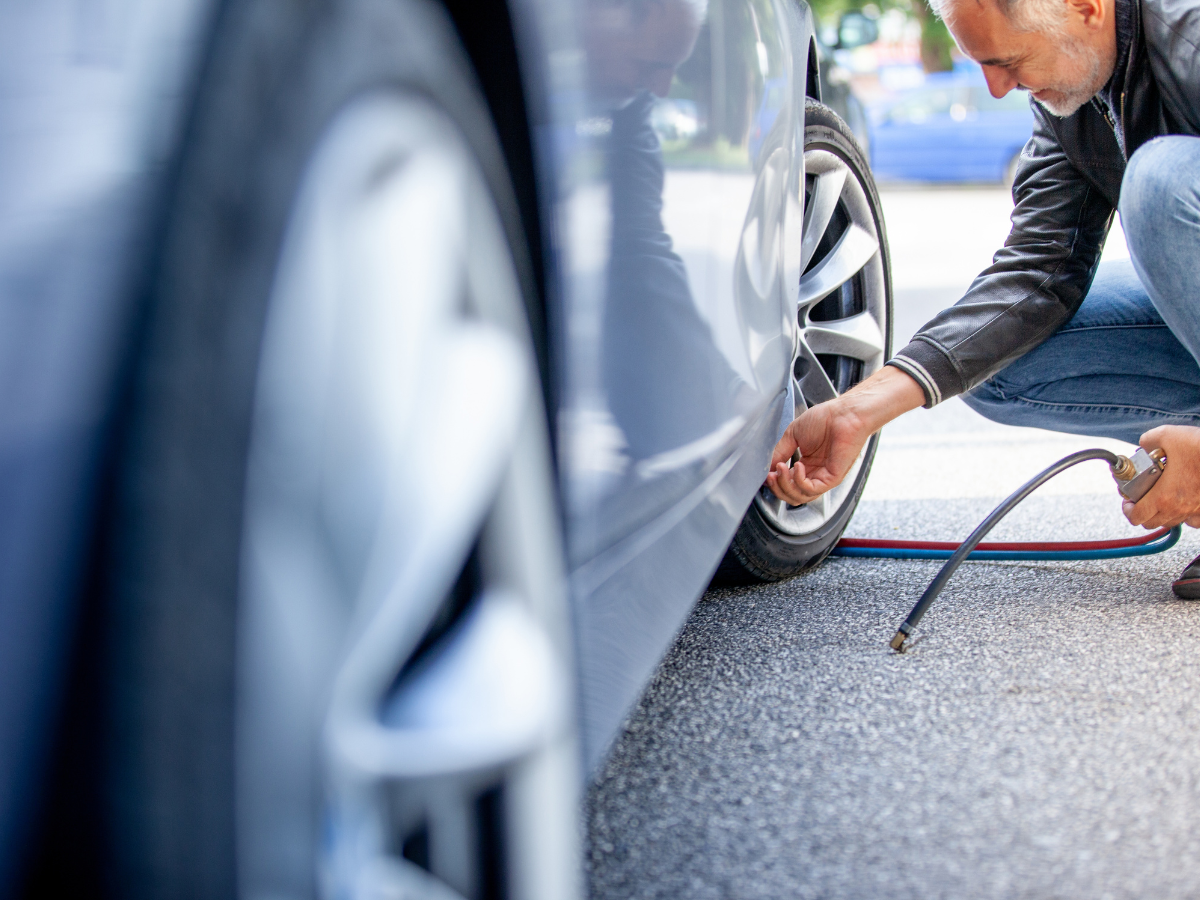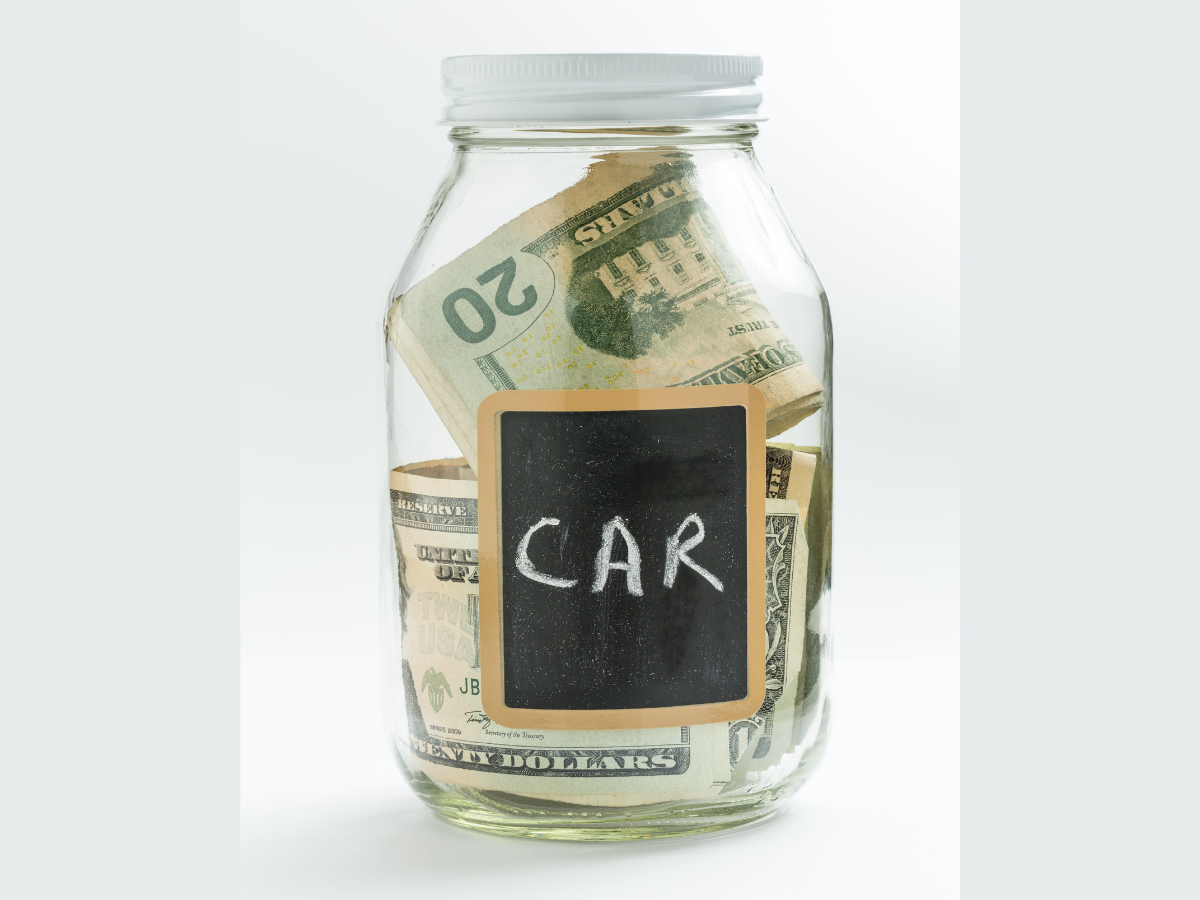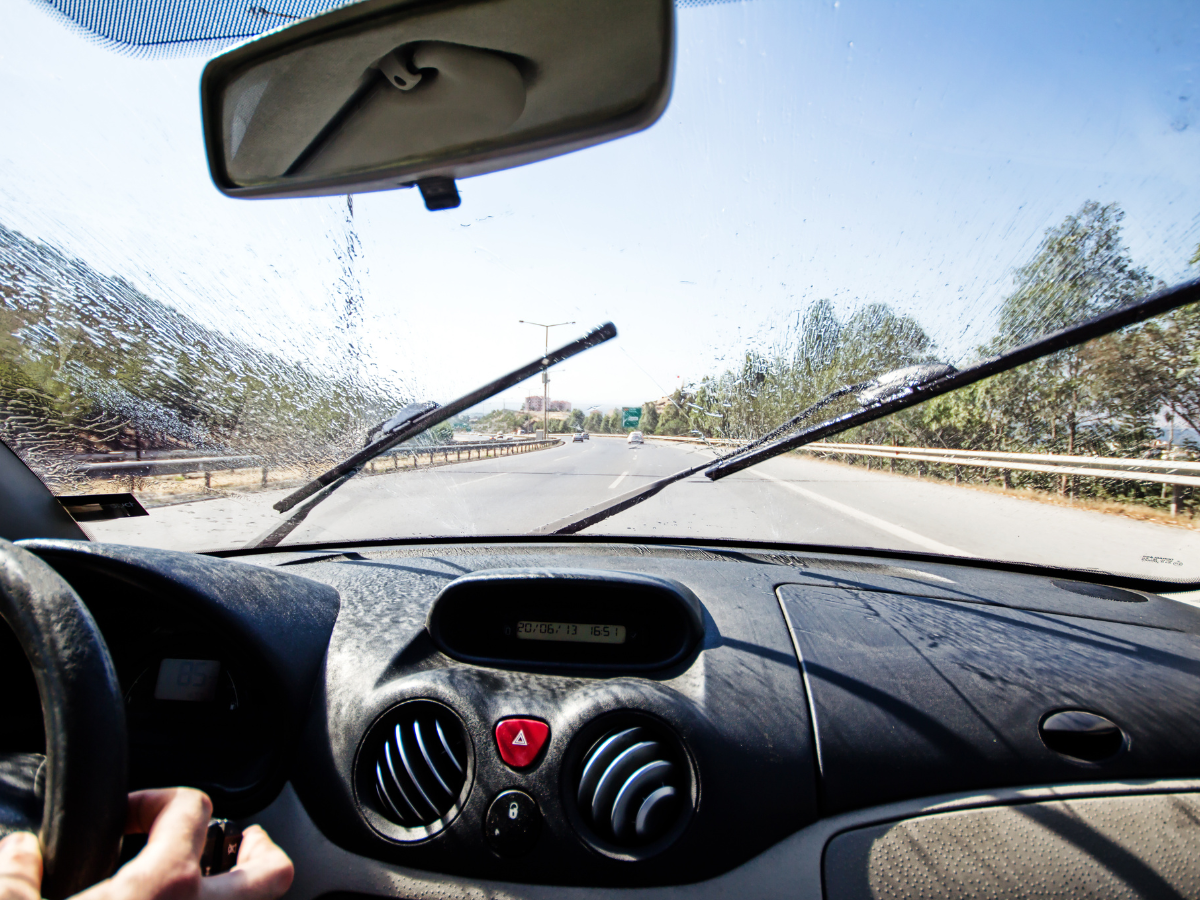How to Calculate Wear and Tear on Your Car per Mile: A Comprehensive Guide to Car Maintenance
Owning a car can be a significant investment, and as a car owner, you want to make sure that you get the most out of your investment. One thing that you need to keep in mind is the wear and tear on your car. Wear and tear are the damages that occur to a car over time due to usage. These damages can range from scratches and dents to more severe problems like worn-out brake pads or engine failure. Knowing how to calculate the wear and tear on your car per mile can help you take better care of your car, save money, and extend the lifespan of your vehicle.
What is Wear and Tear?

Wear and tear refer to the damages that occur to a car over time due to usage, weather, and other environmental factors. Wear and tear can affect different parts of your car, including the tires, brakes, suspension, engine, and transmission. The amount of wear and tear that your car experiences depends on how much you use it, the type of roads you drive on, and your driving habits.
Calculating Wear and Tear on Your Car

To calculate the wear and tear on your car per mile, you need to consider several factors, including the age of your car, its mileage, and its condition. Here are the steps to follow:
Step 1: Determine the age of your car:
The age of your car is an essential factor to consider when calculating wear and tear. The older the car, the more deterioration it is likely to have. You can find the age of your car in the registration or insurance documents.
Step 2: Calculate the total mileage:
The total mileage of your car is the number of miles it has traveled since you purchased it. You can find the total mileage in the odometer or service records.
Step 3: Determine the condition of your car:
The condition of your car is another essential factor to consider when calculating wear and tear. A well-maintained car will experience less deterioration compared to a poorly maintained car.
Step 4: Calculate the wear and tear per mile:
To calculate the wear and tear per mile, you need to divide the total wear and tear by the total mileage. The wear and tear include the cost of repairs, maintenance, and replacement of parts due to usage.
For example, let’s say you purchased a car five years ago, and it had 50,000 miles on it. Today, the car has a total mileage of 100,000 miles, and you have spent $5,000 on repairs and maintenance during the five years. To calculate the wear and tear per mile, you would divide the total wear and tear by the total mileage:
$5,000 ÷ 50,000 = $0.10 per mile
This means that the wear and tear on your car is $0.10 per mile.
Another way to think about this is: Fuel + oil changes + new tires + other maintenance/repairs + depreciation = wear and tear per mile.
Maintaining Your Car to Reduce Wear and Tear

Regular car maintenance can help reduce the wear out on your car, save you money, and extend the lifespan of your vehicle. Here are some tips to help you maintain your car:
Follow the manufacturer’s maintenance schedule:
The manufacturer’s maintenance schedule provides recommendations on when to perform different types of maintenance tasks, such as oil changes, tire rotations, and brake inspections. Following the manufacturer’s maintenance schedule can help prevent expensive repairs and keep your car running smoothly. Click here to see a list of automotive repairs and maintenance you should probably leave to the experts. Also, RepairPal is a great tool you should check out when it comes to maintenance, they are the leading provider of auto repair and maintenance information for consumers.
Check your tire pressure regularly:
Proper tire pressure can help improve fuel efficiency, extend the lifespan of your tires, and improve the handling of your car. You should check your tire pressure at least once a month and before long trips. Consider looking into a tire subscription program like Treads to help make tire maintenance a convenient and easy experience. They do all the heavy lifting for you.
Change your oil regularly:
Oil helps lubricate the engine and prevent deterioration on its components. You should change your oil according to the manufacturer’s recommendations, which is typically every 5,000 to 7,500 miles. Here are more tips regarding which oil you should use.
Check and replace your filters:
Air and oil filters help keep your engine running smoothly by filtering out dirt and other contaminants. You should check and replace your filters according to the manufacturer’s recommendations.
Keep your car clean:
Regular washing and waxing can help protect your car’s paint and prevent rust from forming. You should also keep the interior clean to prevent dirt and debris from damaging the upholstery and carpets.
Pay attention to warning signs:
If you notice any warning signs, such as strange noises, vibrations, or dashboard lights, you should have your car checked by a mechanic as soon as possible. Ignoring these warning signs can lead to more significant and expensive problems down the road.
The Cost of Wear and Tear

Vehicle attrition can be expensive, especially if you neglect your car’s maintenance needs. The cost of wear and tear can vary depending on the age, mileage, and condition of your car. Here are some of the costs associated with deterioration:
Repairs:
As your car ages, it will require more repairs. The cost of repairs can range from minor fixes like replacing a brake pad to more significant repairs like replacing an engine.
Maintenance:
Regular maintenance tasks like oil changes, tire rotations, and brake inspections can add up over time. However, neglecting these tasks can lead to more expensive repairs down the road.
Replacement parts:
Parts like tires, brakes, and batteries wear out over time and need to be replaced. The cost of replacement parts can vary depending on the make and model of your car. Again, check out Treads for your tires, so you can say goodbye to those awful waiting rooms- they offer mobile services so you can spend your day doing more enjoyable things.
Decreased resale value:
A car with high mileage and significant wear and tear will have a lower resale value than a well-maintained car with lower mileage. This can affect your ability to sell your car or trade it in for a newer model.
Reducing Wear and Tear on Your Car: Save Money and Extend Your Vehicle’s Lifespan with Proper Maintenance Practices

Calculating the wear and tear on your car per mile can help you take better care of your vehicle, save money, and extend its lifespan. Regular maintenance and attention to warning signs can help reduce the cost of wear and tear on your car. While wear and tear is an inevitable part of car ownership, taking steps to reduce it can make a significant difference in the long run. Remember to follow the manufacturer’s maintenance schedule, check your tire pressure regularly, change your oil, and pay attention to warning signs. By doing so, you can keep your car running smoothly and enjoy the many benefits of car ownership for years to come.
Let’s Connect!
For more information about a Treads Tire Subscription download the Treads App in the App Store or in Google Play and live chat with a team member with any questions you may have. We are always happy to help!





